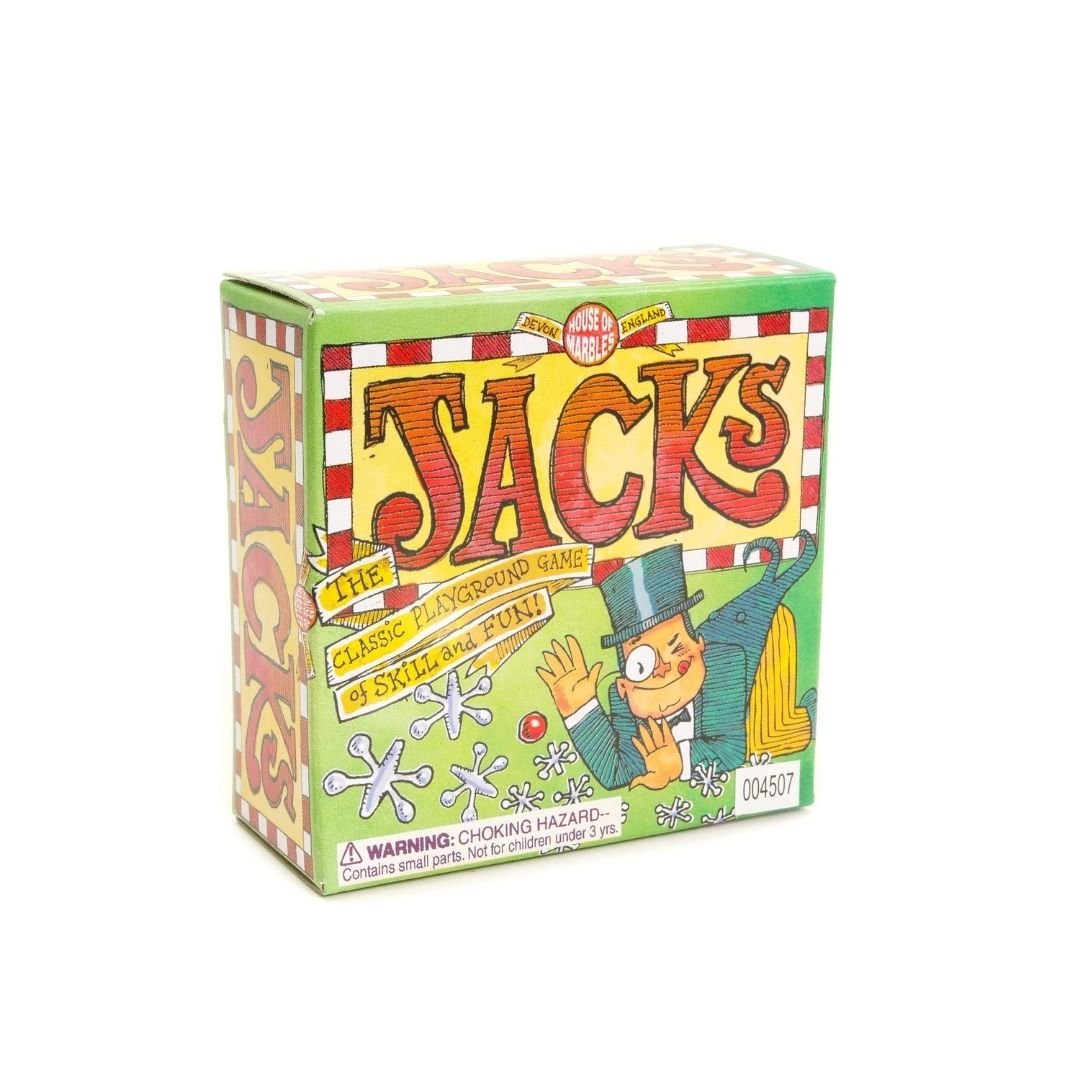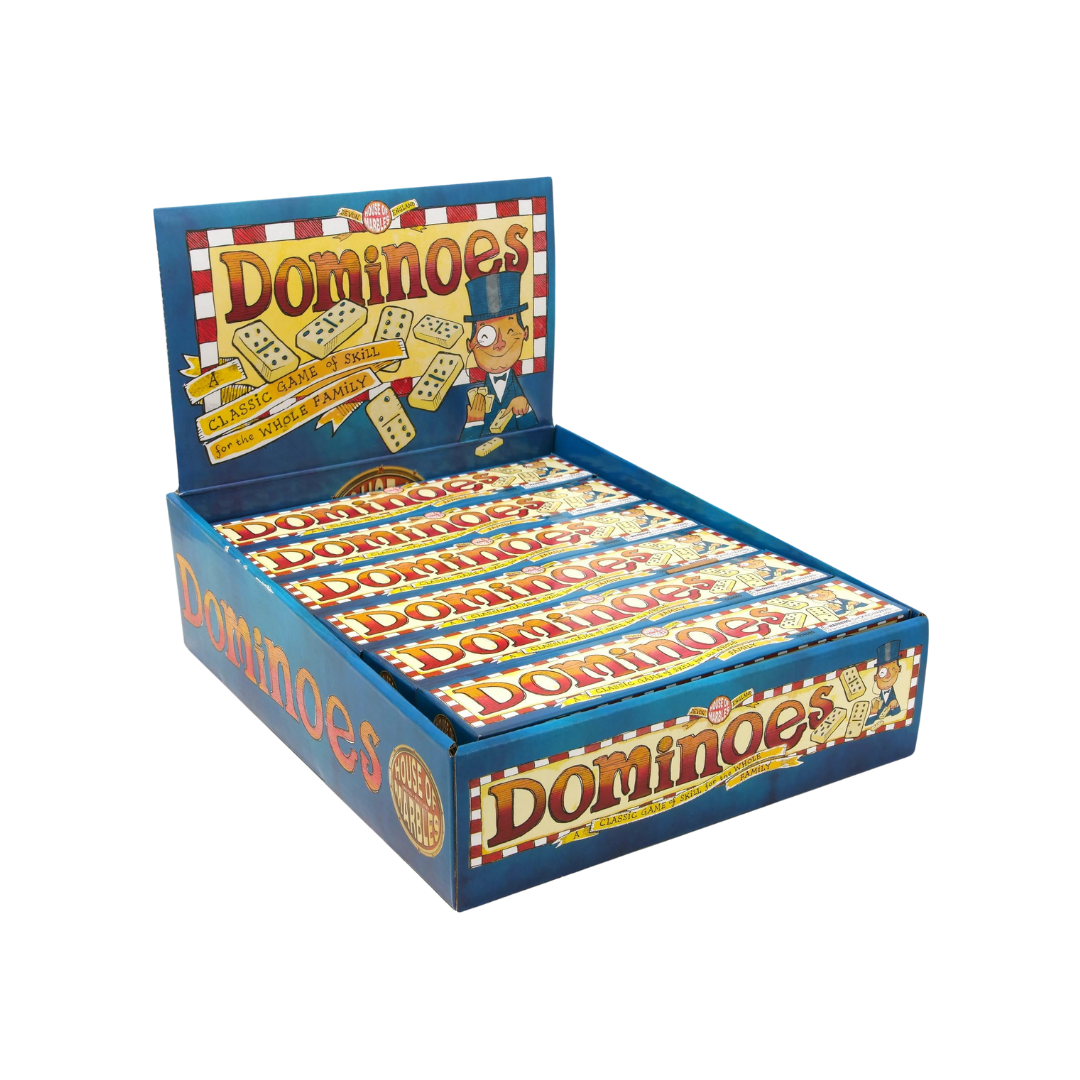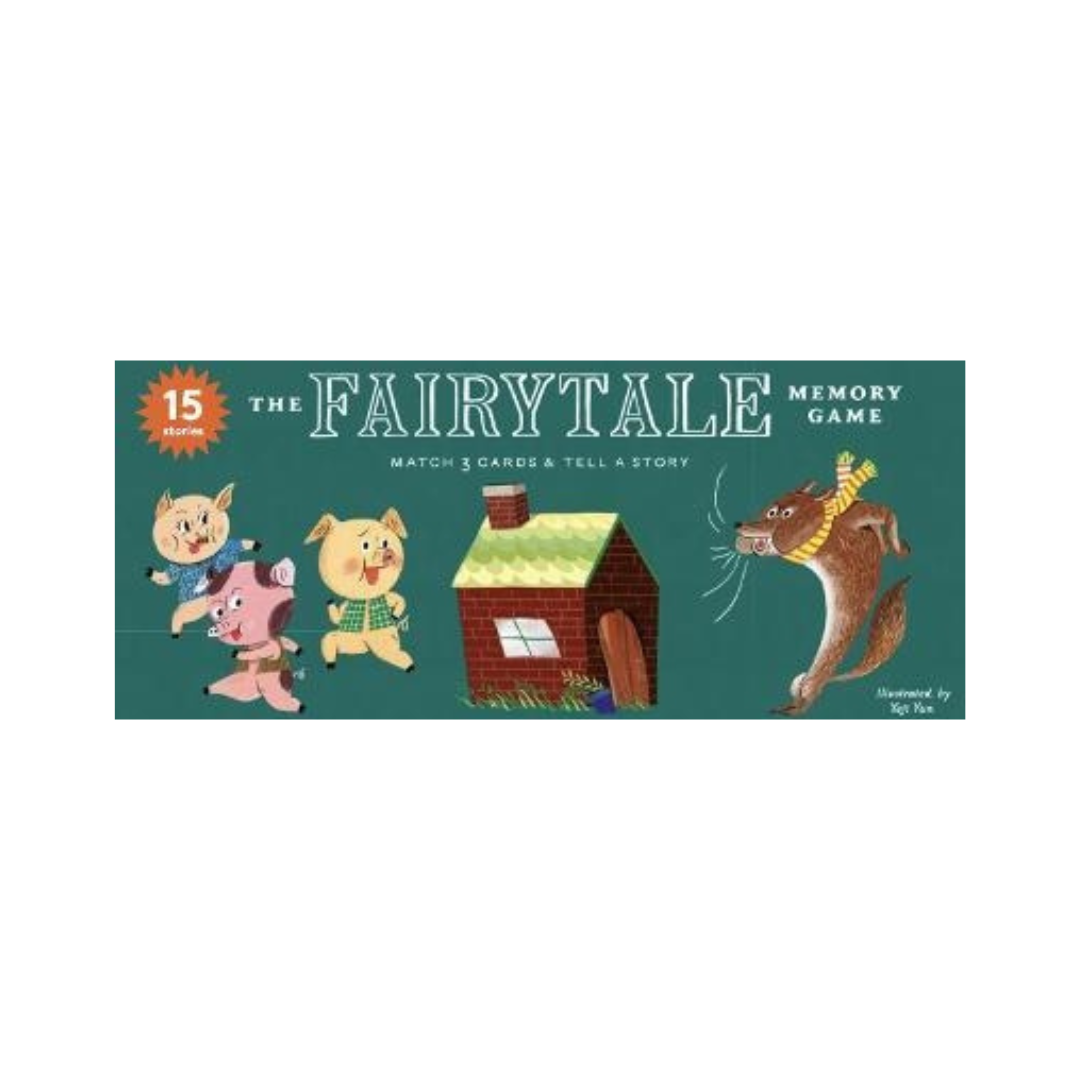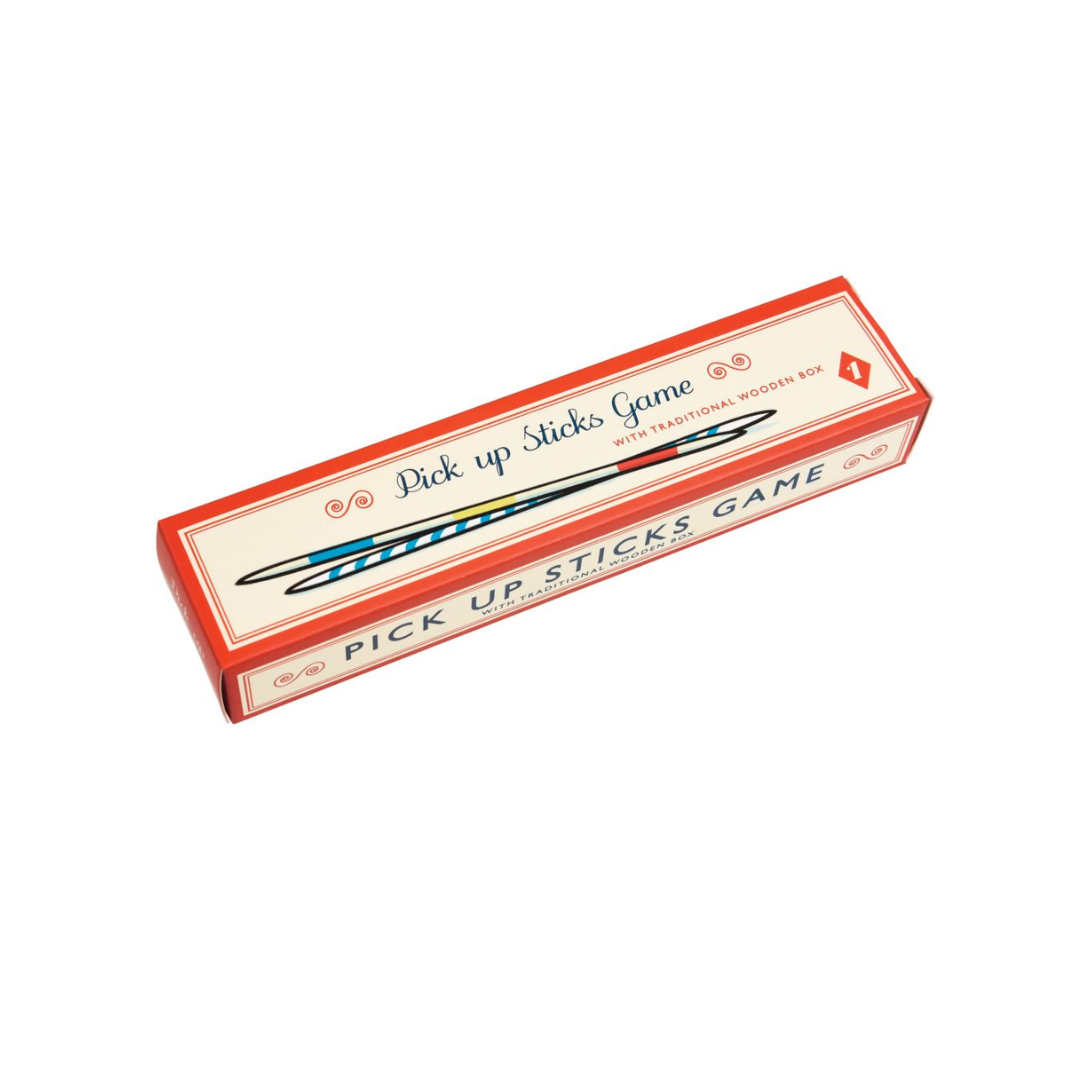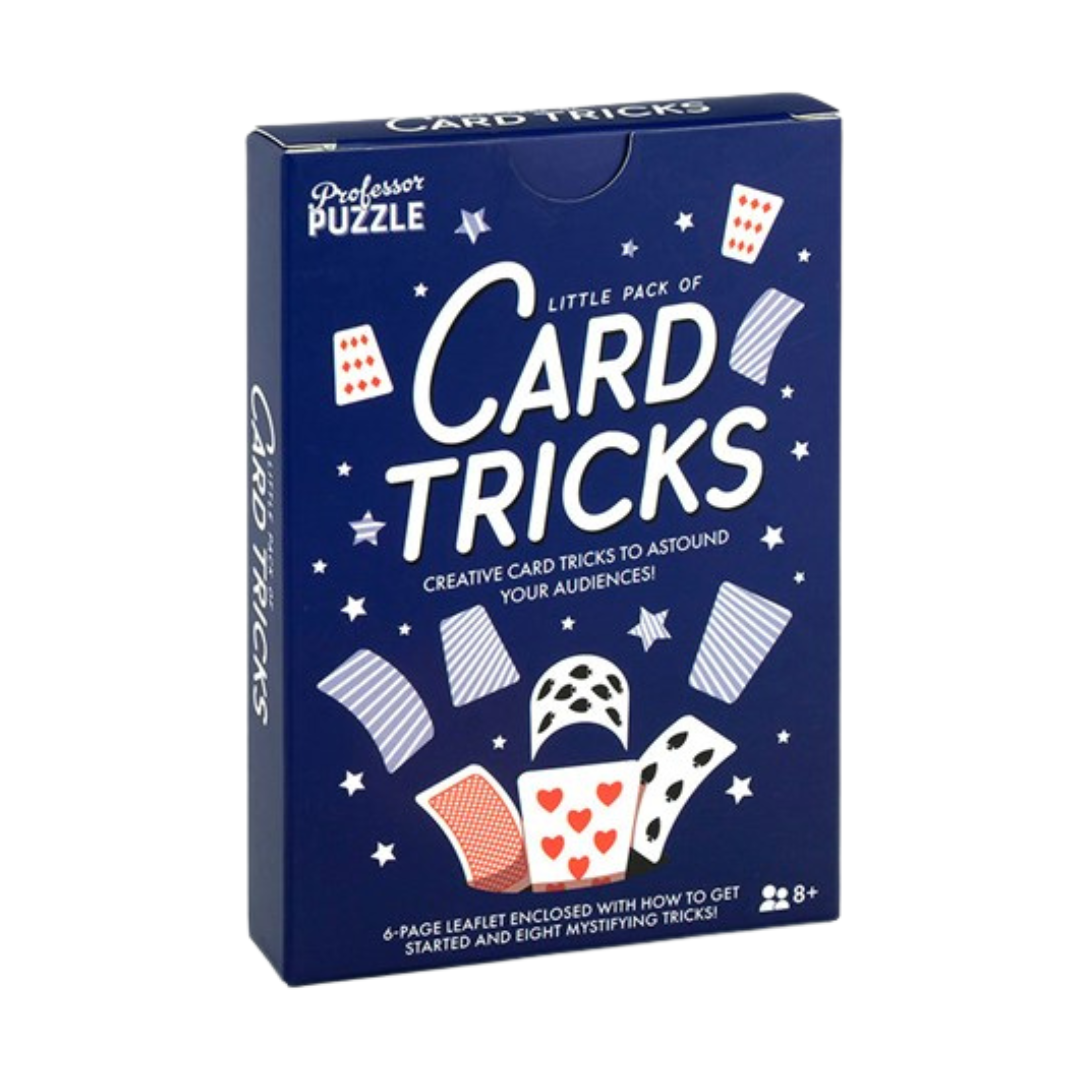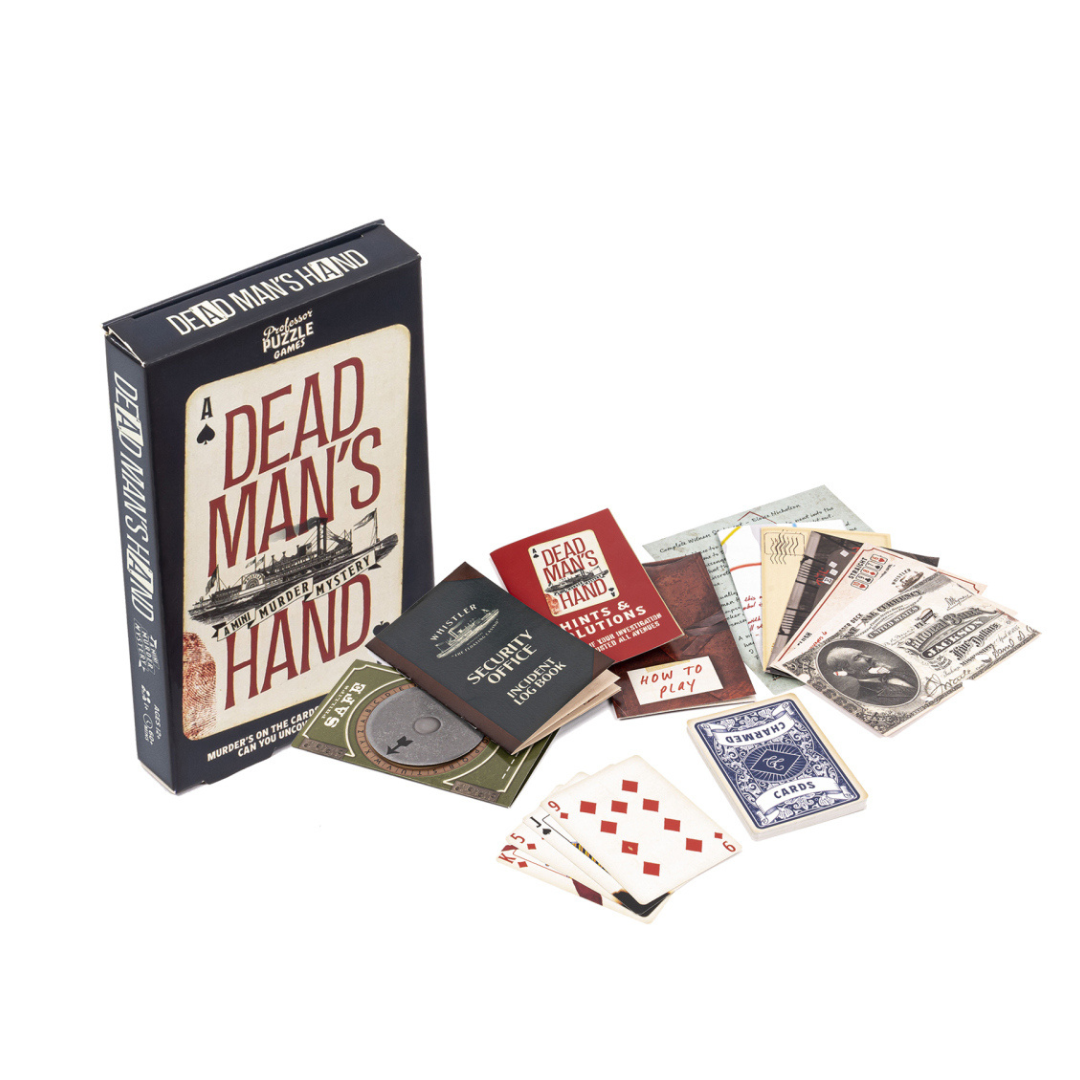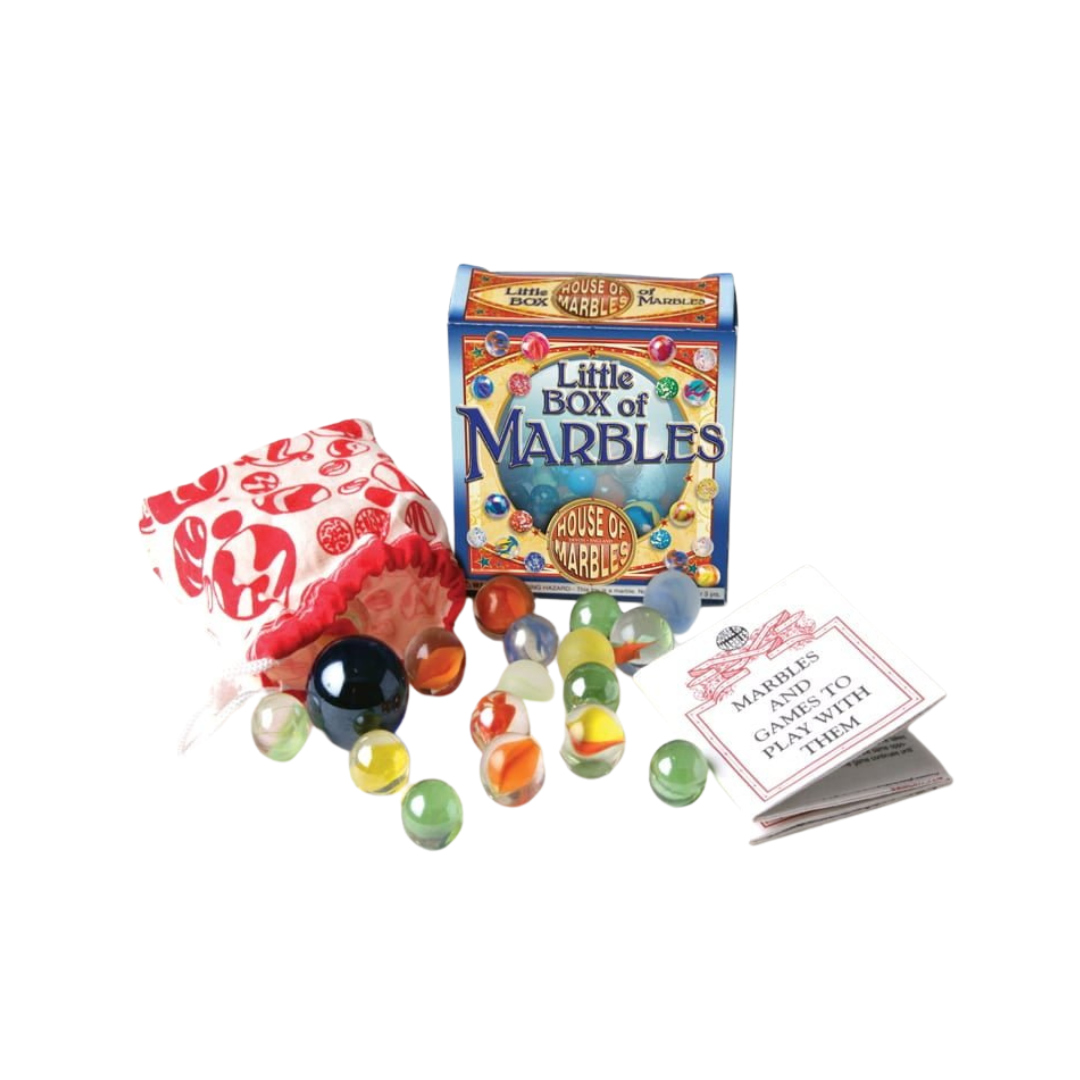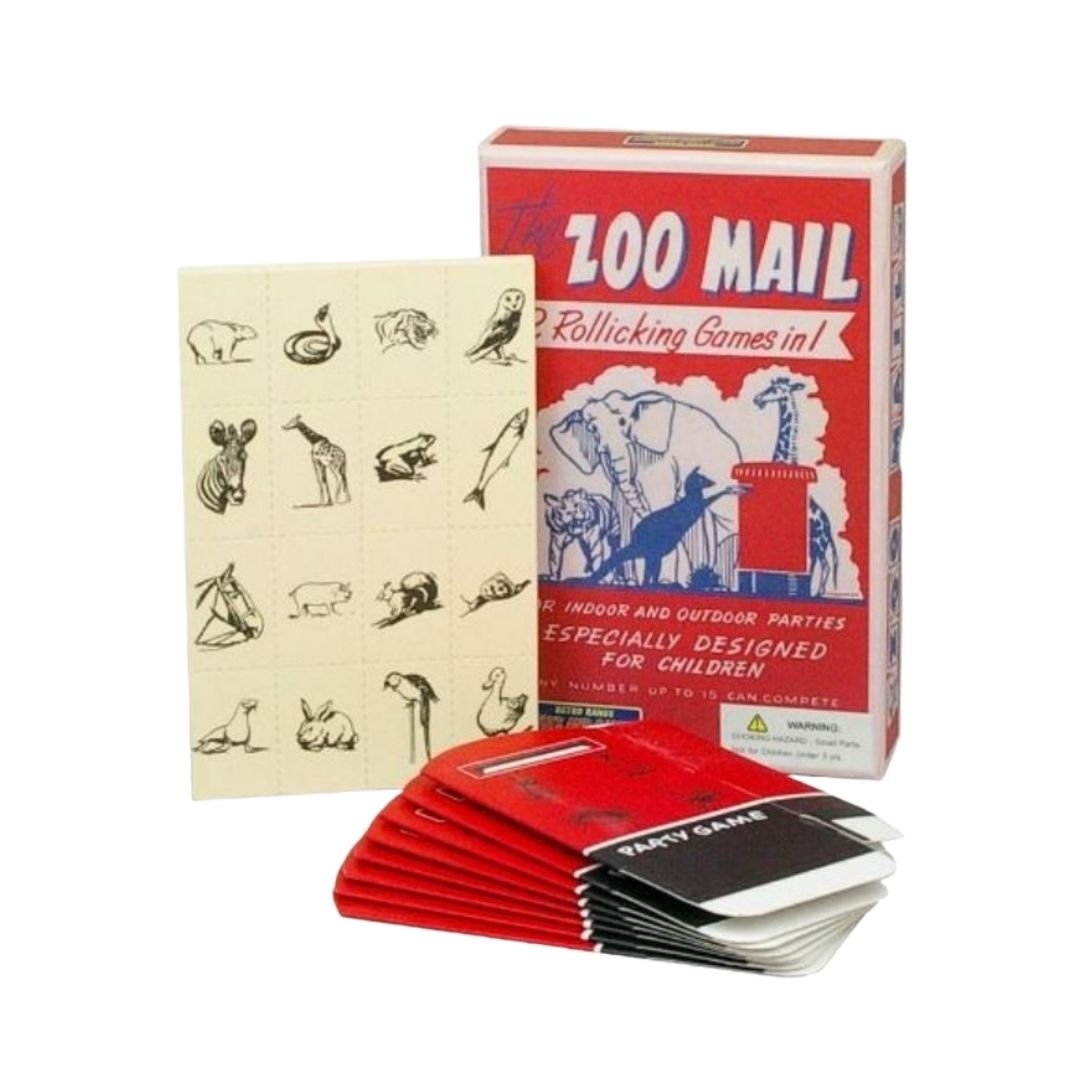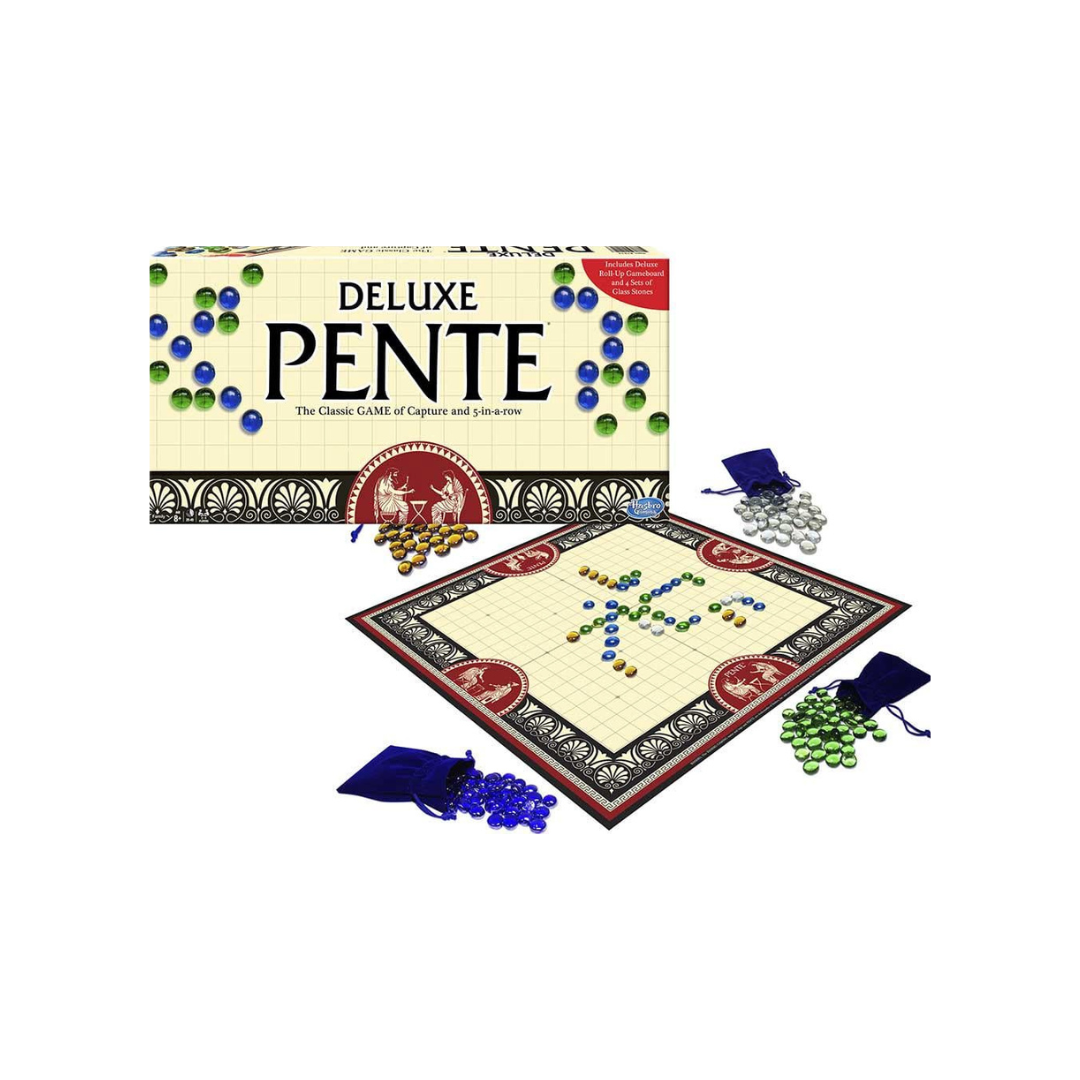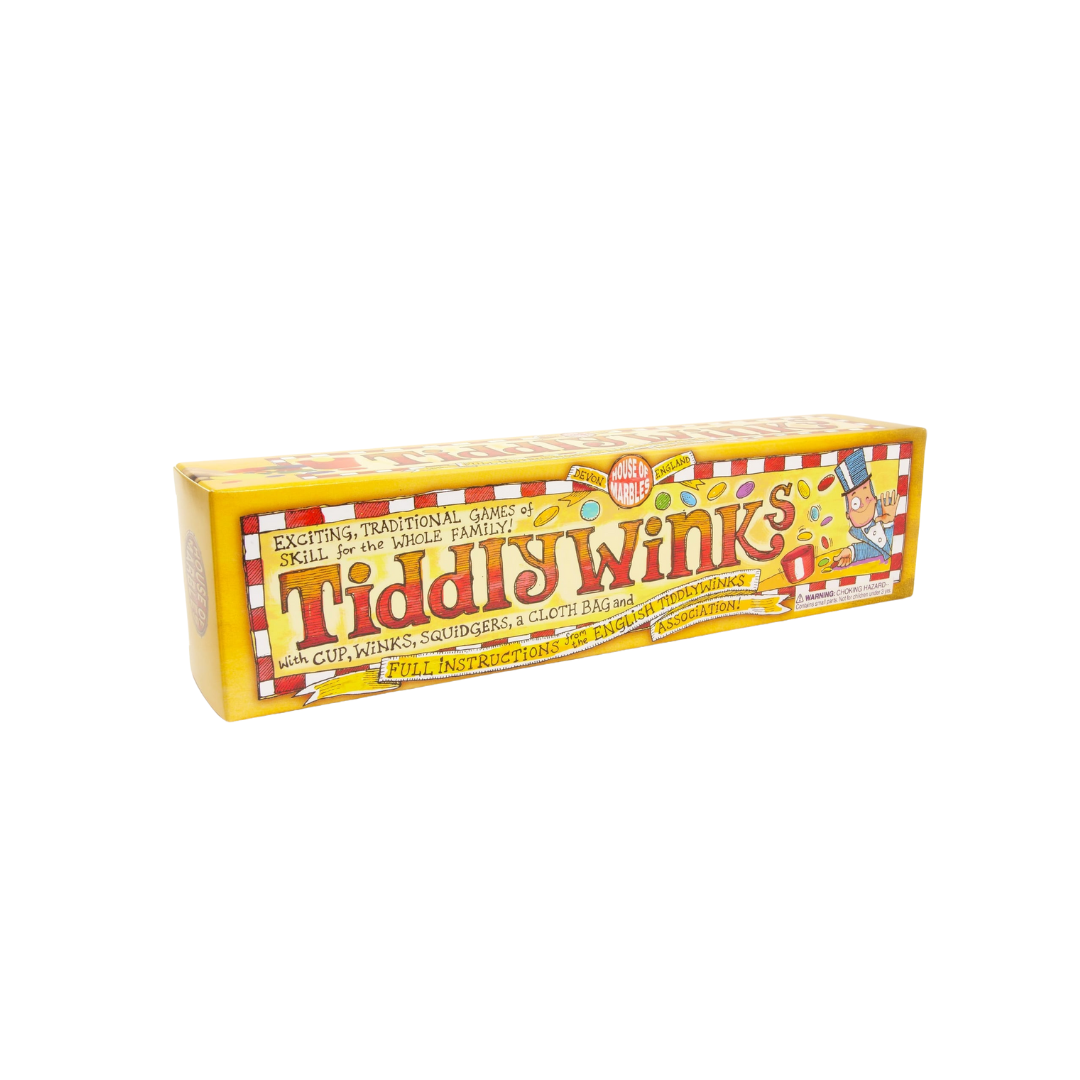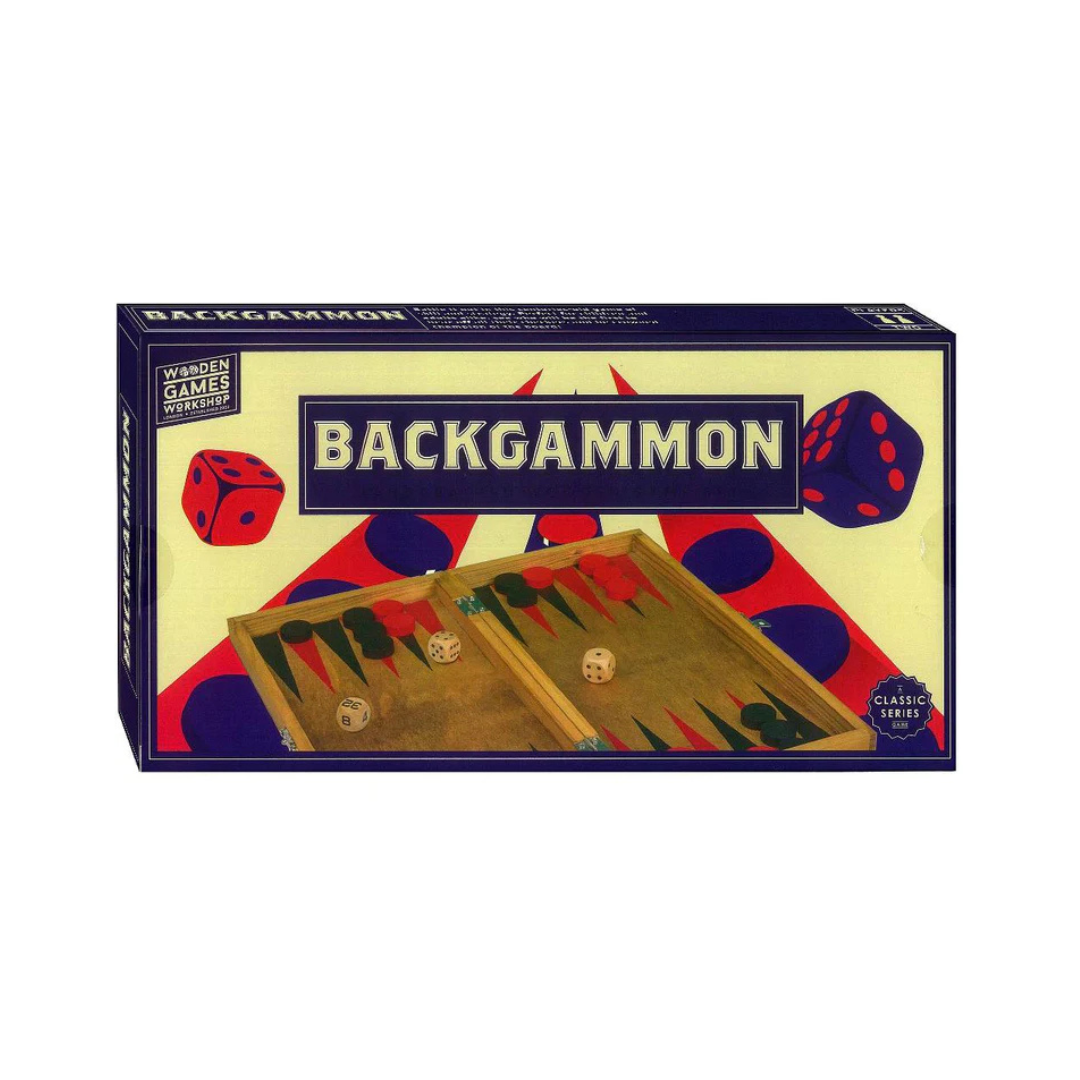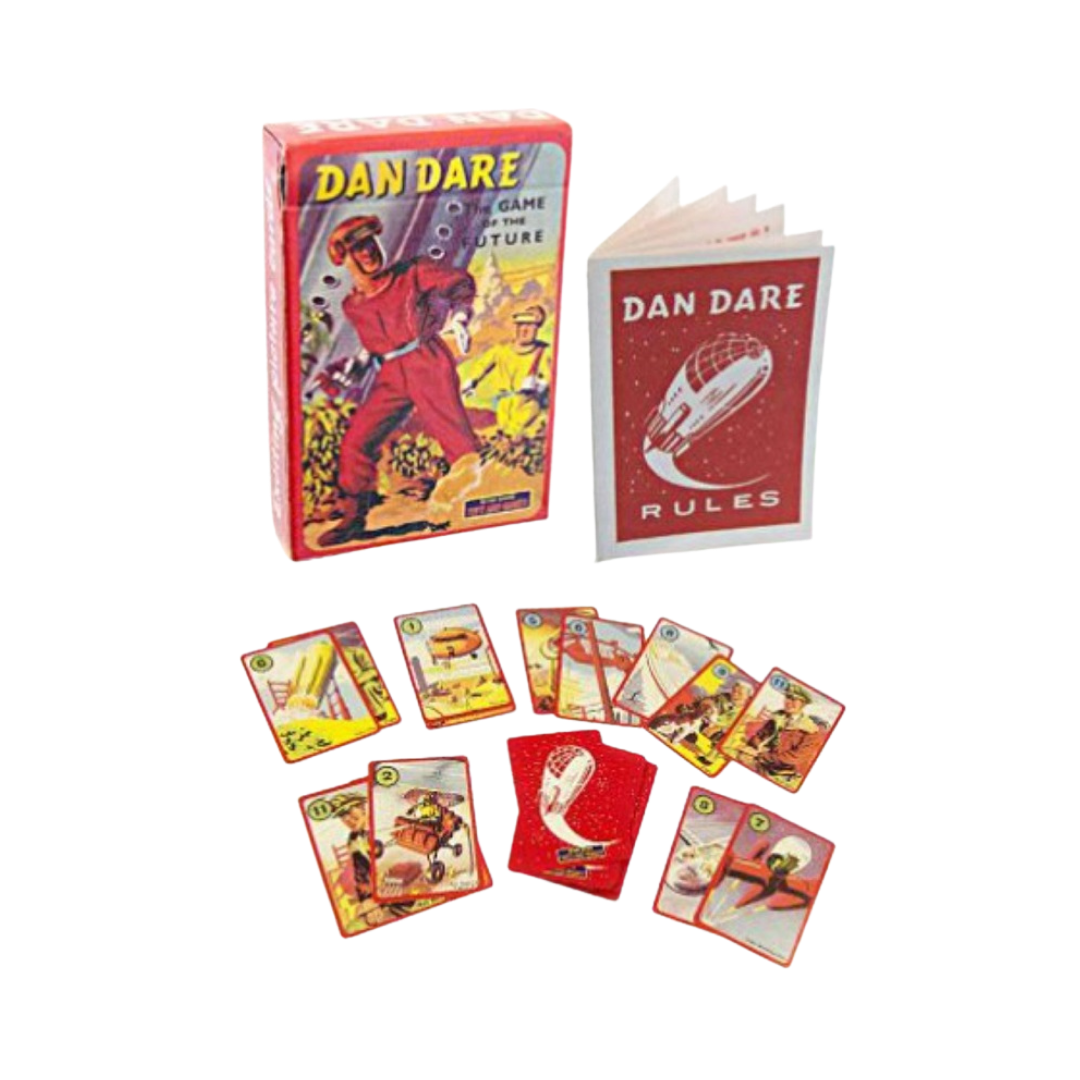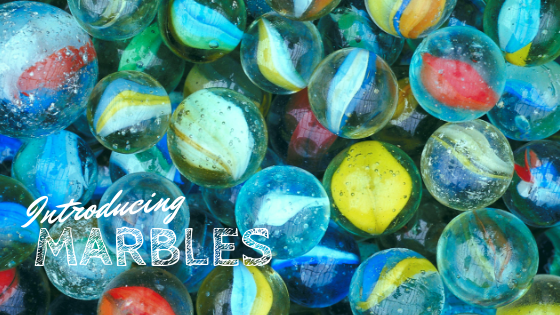Classic Games | Dominoes
Wherever the classic game of Dominoes originated from, we are glad it stuck around so long for many, many generations to enjoy!
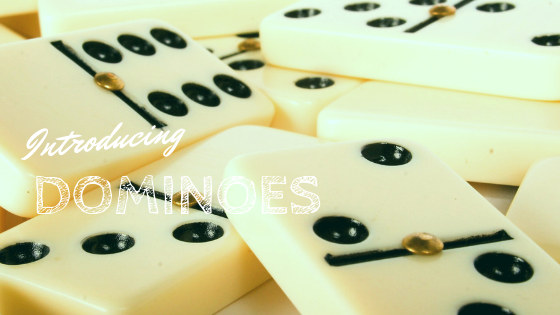
The classic game of Dominoes is a strategy game played with a set of rectangular pieces with dot markings between two to four players. The aim of the game is to use all of your pieces to line up the dots on a new piece with the matching dots on the previous piece, making a line.
The word Domino has been around a lot longer than the game. Going back to the 17th century where the French word ‘Domino’ was used to describe a hood worn during winter by priests. It is thought that the French meaning for Domino most likely originated from the even older Latin word ‘Dominus’ which meant Lord or Master. The domino hood is still around today and can often be seen in its traditional form at Masquerade balls.
Fun Fact: The dots on the Domino pieces are called pips, nips or dobs.
It is believed that Dominoes originated in China, although it is also thought that they possibly may have Egyptian or Arabian origins. The oldest written mention of dominoes is recorded in a book written by Zhou Mi during the Yuan Dynasty. Zhou Mi mentions ‘pupai’ (which meant gambling plaques or dominoes) during the reign of Emperor Xiaozong between 1162 and 1189.
Fun Fact: The earliest manual for dominoes was written by Qu You (1341 – 1437) but some believe this to be forgery.
During the 18th Century dominoes began to make an appearance in Italy. It is said that Italian missionaries brought the game back from China and then it spread throughout Europe. The game then changed somewhat in the translation from Chinese to European culture. Traditionally, European dominoes where made from ivory or dark hardwood like ebony, they have also been known to be made of marble, granite, oak, cedar, redwood and metals such as brass.
Fun Fact: a Domino set is called a deck or pack.
In the Netherlands there is an annual domino toppling exhibition called Domino Day. The first Domino Day was held in 1986. Domino Day in 2005 saw an astounding four million dominoes being knocked over by a team from Weijers Domino Productions.
Many domino records have been set over the years, the most popular including:
longest domino spiral – 200m
highest domino climb – 12m
smallest domino tile - 7mm
largest domino tile – 4.8m
longest domino wall - 16m
largest domino structure – 25,000 tiles
fastest topple of 30 metres of domino tiles - 4.21 seconds, and
largest number of domino tiles resting on a single domino – 1002
Fun Fact: In Berlin on November 9, 2009 giant dominoes where toppled in a 20th anniversary commemoration of the fall of the Berlin wall.
The game of dominoes is said to be one of the oldest games in history. Dominoes is a great family game which involves tactic and strategic game play. We don’t mind where it originated from, whether it came from China, Egypt or Arabia we are just glad it stuck around so long for many, many generations to enjoy!
Classic Games | Marbles
Everybody knows of the classic game of marbles, and it is just as popular now as it has been over the decades.
Everybody knows of the classic game of marbles, and it is just as popular now as it has been over the decades. Marble crazes continuously grip schools across Australia, the UK, America and no doubt the rest of the world!
Marbles are small spherical toys most commonly now made from glass, but started their early days being made from clay. They were referred to as ‘little balls with which schoolboys played’ as early as the 15th century, and let’s face it, not much has changed!
There are many variations of the marble game, but the most classic game is where you need to knock your smaller marbles (ducks) out of the ring with your larger shooter marble by flicking it with your thumb (the knuckledown slingshot) without fudging or fouling the shot. If you manage to knock any marbles out of the ring, keep the marbles and add them to your pile. The winner at the end of the game is the one that has the most marbles. Players can either play for keeps (keepsies), or for fair (everyone gets their own marbles back). Players also have the option to call quitsies at any point during the game without consequence, effectively calling a halt to the game.
The large marble is known by many names, but some of the most common that we’ve heard of are:
Shooter | boulder | smasher | bowler | toebreaker | masher | bonker
In the North of England (where we grew up) the game and marbles were called ‘Taws’ and the larger Taws were called bottle washers. They were called this after the marble found in the codd-necked bottles that were used to hold carbonated drinks. The bottle was opened after use and the marble was collected to play with. Across the world Taw still refers to the name of the person taking the shot. We still have our taws from when we were a kid!
Marbles were often written about in Ancient Roman literature and archaeologists often find small round balls made of stone all over the world. Marbles are thought to originate from India as far back as 3300–1300 BCE , although it wasn’t until 1923 that the first set of rules were written by a ‘committee of playground and recreational experts’. (How we would love to have such an aptly named committee in our shop …. although we think the ore apt and modern day equivalent is kid toy testers!).
Fun Fact: Marbles arrived in Britain after being imported during the medieval era.
A German Glass Blower had a great idea for an invention called marble scissors which came onto the scene in 1846 that would revolutionise the making of glass marbles. The first mass-produced marbles were manufactured in Germany in the 1890s.
Fun Fact: Marbles were inducted into the Toy Hall of Fame in 1998.
Marbles is such a wonderfully classic game that there are still marble championships held across the world for those that like playing marbles - taking the game to the extreme. The British and World Marbles Championships are held in West Sussex, England every year. This event started in 1932 and has been held every year since. Britain however isn’t the only country with a Marble Championship event, Australia has the Australian Marbles Championships too which is held every year at various locations around Australia, playing their very own Brunswick Heads Rules.
Marble collecting is also a serious businesses among avid hobby enthusiasts, with people collecting low budget machine made marbles costing just a few cents, up to the rarer, more collectible antique handmade marbles worth thousands of dollars. Who would have thought that marble fraud was such a lucrative business, with unscrupulous tricksters imitating the most attractive mineral and agate or onionskin marbles and antique packaging. Thankfully marble experts have put together marble identification guides to help us get started with our marble identification and work our way through our Akro Agates or Peltier Glass collections. If all else fails however, we can always visit one of the many marble fairs to get them valued by one of the many Marble King marble experts there are in the world!






